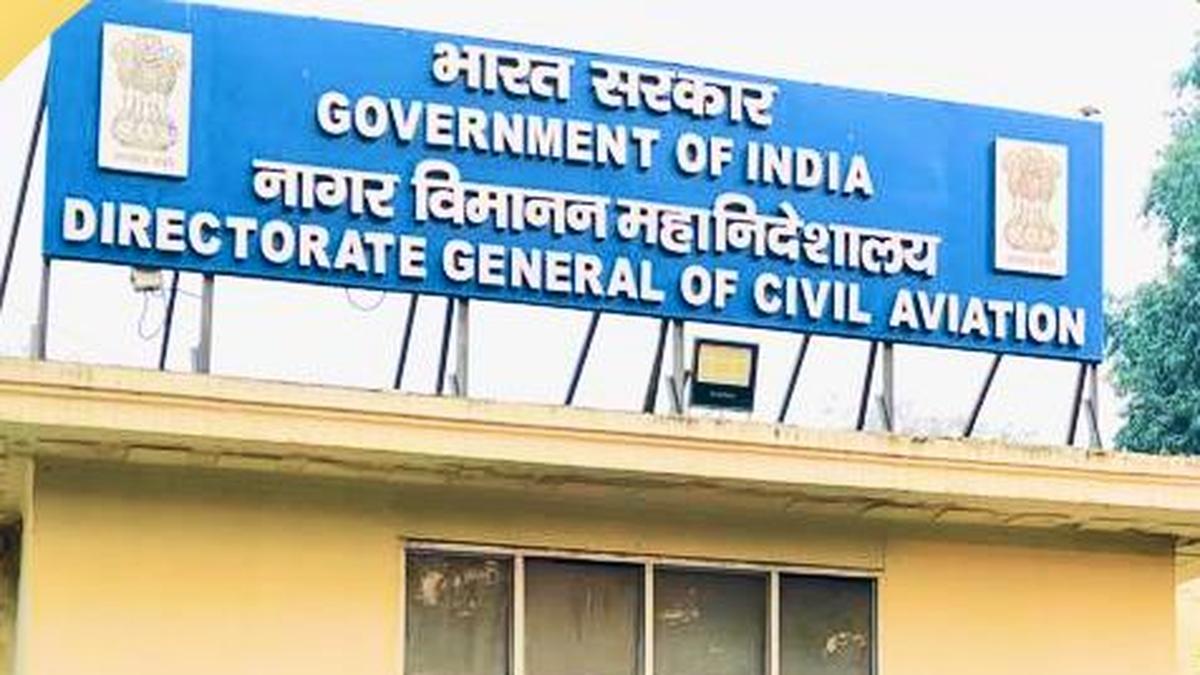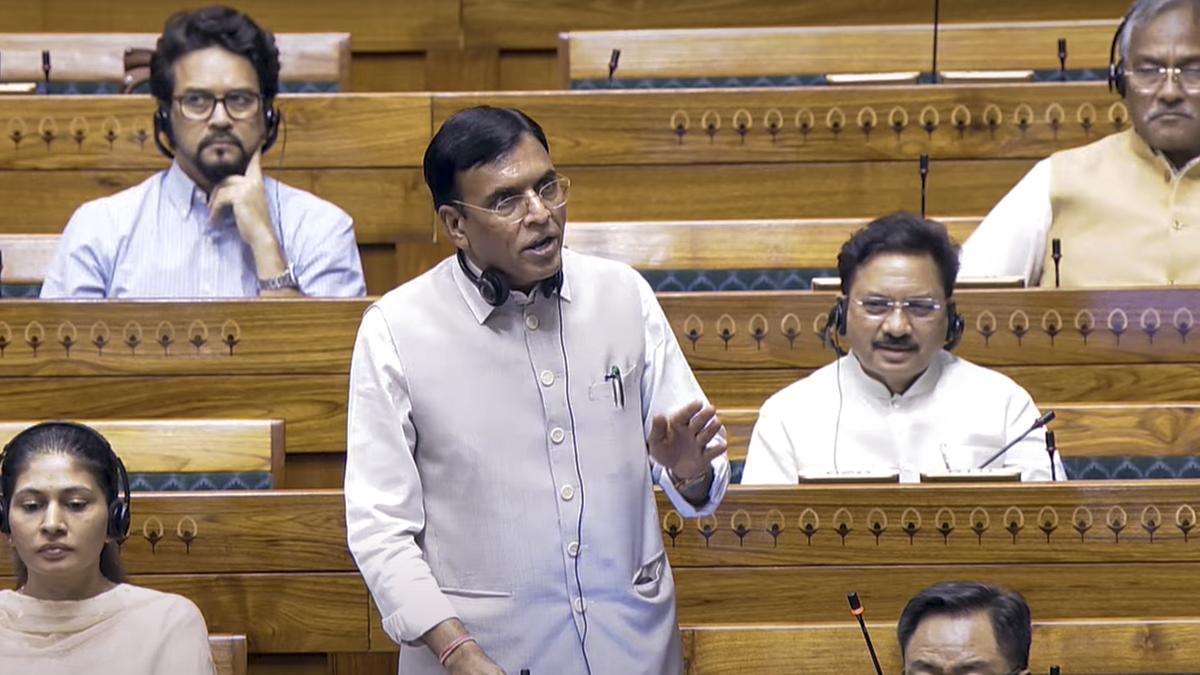Now Reading: Air India Flight Diverted to Chennai as DGCA Dismisses MP Venugopal’s Claim
-
01
Air India Flight Diverted to Chennai as DGCA Dismisses MP Venugopal’s Claim
Air India Flight Diverted to Chennai as DGCA Dismisses MP Venugopal’s Claim

Rapid Summary
- Incident: Air India’s Thiruvananthapuram-Delhi flight was diverted to Chennai on August 10, 2025, due to suspected malfunctioning of the weather radar, turbulence, and runway clearance issues.
- Passengers Affected: congress MP K.C.Venugopal and other parliamentarians where among over 100 passengers onboard.
- Sequence of Events:
– Moderate turbulence post-takeoff led to pilots suspecting a weather radar fault.
– The aircraft circled Chennai airport for 90 minutes to burn fuel before attempting landing.
– First landing aborted due to suspected debris reported by another flight; subsequent inspection found no debris.
– The flight landed safely on a second attempt at 10:39 p.m.
- DGCA & Airline Response:
– DGCA rejected claims that the landing was aborted as of another aircraft on the runway and clarified it as precautionary due to technical concerns and poor weather.
– Air India verified no deficiency in the weather radar but replaced its transreceiver as a precautionary measure.
Indian Opinion Analysis
The diversion of Air India’s Thiruvananthapuram-Delhi flight highlights multiple challenges within aviation safety protocols during irregular operations. While turbulence-related diversions are standard practice globally, extended circling times combined with concerns about runway debris may point toward communication gaps between air traffic management and airlines. The detailed clarifications issued by DGCA and Air India demonstrate transparency but also underscore accountability questions raised by MP K.C. Venugopal.
For passengers-particularly prominent figures-the incident serves as a reminder that technical snags can occur even under rigorous maintenance regimes. Maintaining public trust necessitates proactive system checks, accurate documentation of events, and clear communication channels among stakeholders such as ATC personnel, airline operators, and regulators like DGCA.
Read more here: Link






















